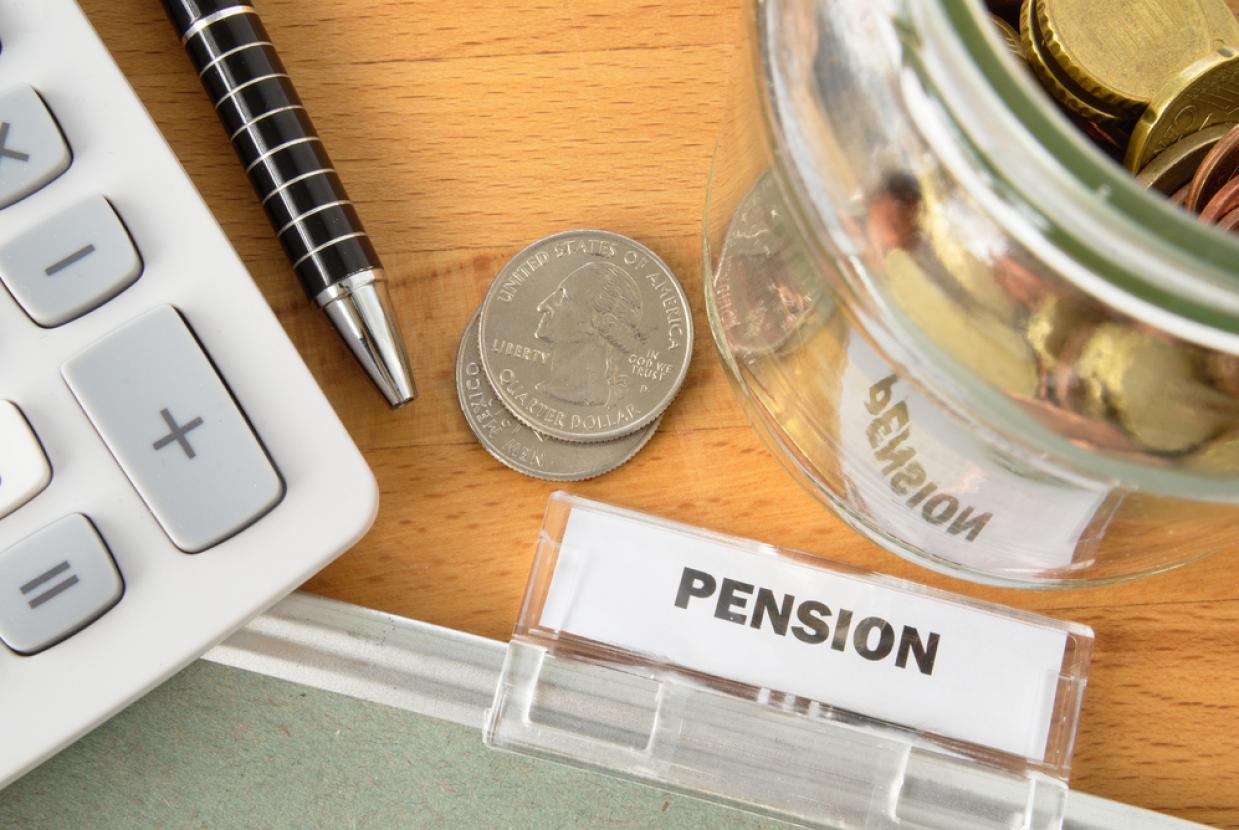Making The Most of Your Pension
It’s important to review your pensions regularly. If they’re not on track to give you the income you want in retirement, you need to look at how to boost them. If they’re broadly on track, you can make a clearer plan so that your pensions will be able to give you the income you want when you retire.
Ways to make your pension savings give you more
There are many things you can do to boost your pensions. Here are some key options to consider.
Increase your savings
The most obvious way to boost your pension is to save more if you can. If you have spare income, putting it into a pension is one of the most tax-efficient ways of investing it.
Any extra income you save into a pension will benefit from tax relief. This either means that you save tax upfront, or some extra money goes into your pension and you may be able to claim back some tax as well.
Do you have access to a workplace scheme that your employer contributes to? If so, depending on the scheme rules, if you boost your contributions your employer might boost theirs too.
Make sure you claim all your tax relief
Are you a higher rate taxpayer making pension contributions to a workplace or personal pension that operates on a ‘relief at source basis’? If so, basic rate tax relief of 20% of your gross contribution is claimed from the government and added to your pension.
You will need to claim any higher rate tax relief on your self-assessment tax return. To claim, visit the HMRC website.
All personal pension schemes operate on a ‘relief at source basis’. But with some workplace schemes, you get the higher rate tax relief automatically and don’t need to do anything.
If you’re a higher rate taxpayer and aren’t sure if you’re getting higher rate tax relief, check with your provider. This extra tax relief might allow you to benefit from even bigger pension contributions.
Review the way your pension pot is invested
If you have a defined contribution personal or workplace pension, you get to choose how your pension pot is invested. Typically, this involves choosing from a range of funds offered by your pension provider. These funds will be weighted differently between various types of assets, which offer different levels of risk and potential return.
Generally, you can afford to take more risk when you’re young, and less as you get older. The longer your money will be invested, the more scope you’ll have to deal with investment performance going up and down over time. So if you are some way from retirement and your pension savings are invested conservatively, you might want to consider moving at least some of your fund into potentially higher-growth assets, for example, company shares.
But bear in mind that there’s no guarantee that higher growth will be achieved. Transferring a personal pension into a self-invested personal pension (SIPP) can give you a wider range of investment options to choose from.
But this brings higher risks if you’re not an experienced investor. And you might face higher charges. Unless you understand how the different pension investments work, you might want to consider getting regulated financial advice before making any changes to your pension investment.
If you have a workplace defined benefit pension, you don’t decide how your fund is invested. It’s up to your employer to generate the investment returns to pay for the pension income you’re entitled to.
Review the charges deducted from your savings
All pension providers will charge for managing your pot and investing your money. In defined contribution personal and workplace schemes, these charges are often called an annual management charge or ongoing charge figure and are automatically deducted from your pot.
An annual charge of 1.5% a year could have eaten away a quarter of your pension pot after 35 years. An annual charge of 0.5% would have reduced your pension pot by only 1/10th over the same period. You don’t need to worry about this if you’re in a defined benefit scheme.
But if you have a defined contribution scheme, charges reduce the value of your pension pot. Workplace pensions often have lower charges but that isn’t always the case.
You might be paying different types of charges:
- Service or administration charges. These are most likely to apply if you’ve opted for a personal pension such as a SIPP. If you’re paying these charges, make sure you understand how the charges work and what you’re paying for.
- Charges for each of the investment funds within your pension. The most obvious charge is an upfront charge deducted when you first start to invest. This ranges from nothing up to about 6%, plus, an ongoing annual management charge – between say 0.1% and 2% a year. Check what you’re paying and consider switching to lower charging investment funds if you feel you’re not getting value for money from the higher charges.
Consider bringing pension pots together
If you have several pension pots, there are potential advantages if you combine them into one. If you combine them, you:
- can keep track of, and manage, your pension savings more easily
- might save money if you can move from a higher-cost scheme to a lower-cost one
- might get more choice of investments.
But there are potential downsides to watch out for too:
- In general, it’s a bad idea to transfer out of a defined benefit pension scheme – the guaranteed retirement income they offer shields you from investment risk. In most cases you’ll need to take regulated financial advice before you can do this.
- In general, it’s a bad idea to transfer from your current employer’s scheme if it means they’ll no longer contribute i.e. if you’re still working for the employer.
- If any of your existing pension schemes offer guaranteed annuity rates , consider the implications carefully before transferring out. If you’re planning to buy an annuity with your pension pot, these guarantees are potentially valuable. There might also be other valuable features in the scheme, such as a guaranteed growth rate or the option of taking a higher tax-free cash lump sum when you retire.
- Check whether you’ll be charged by any of your pension providers for transferring money out of their scheme.
It’s important to get financial advice before moving your pension, unless you’re confident that you understand the costs, benefits and risks involved.









































